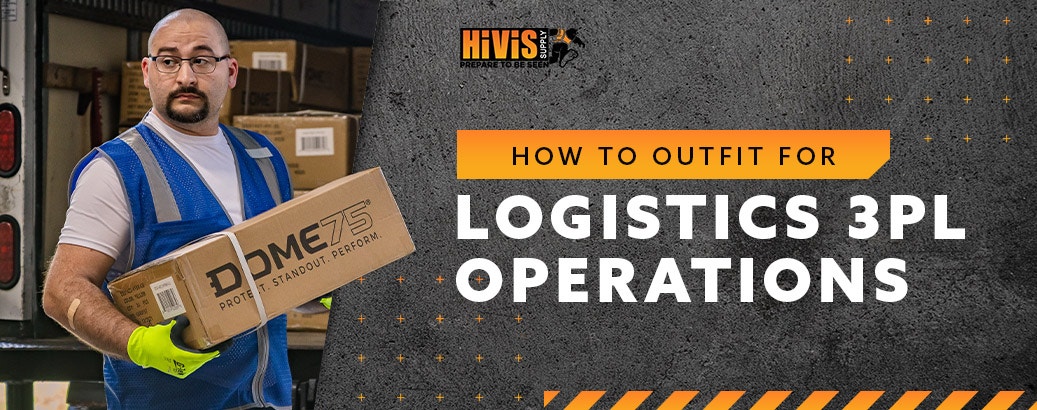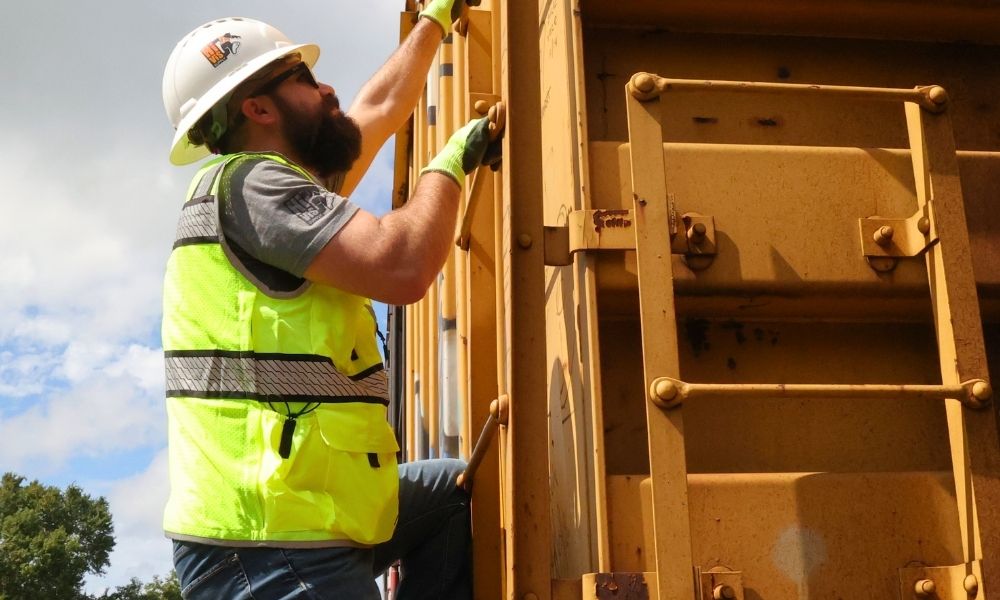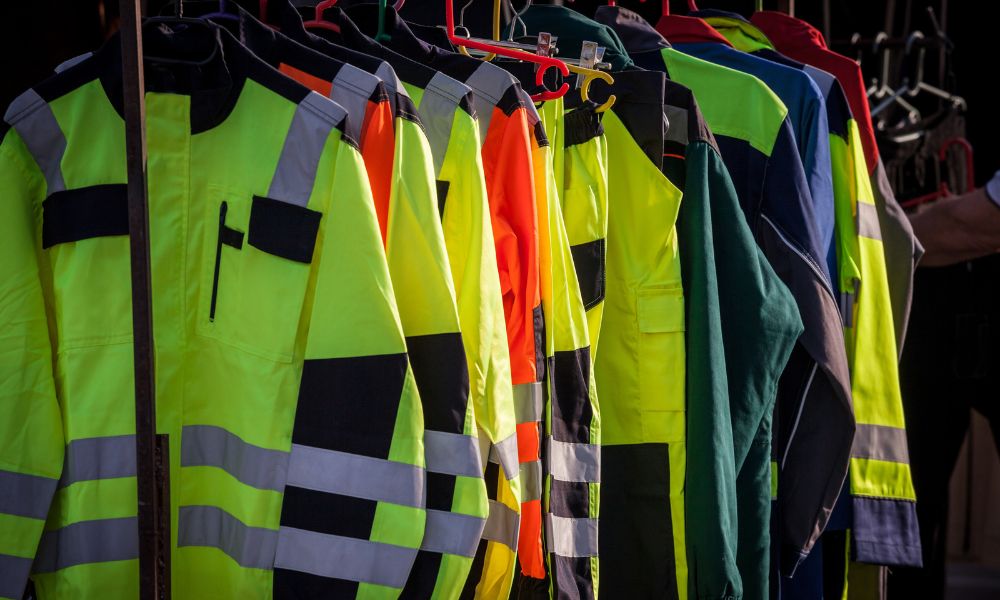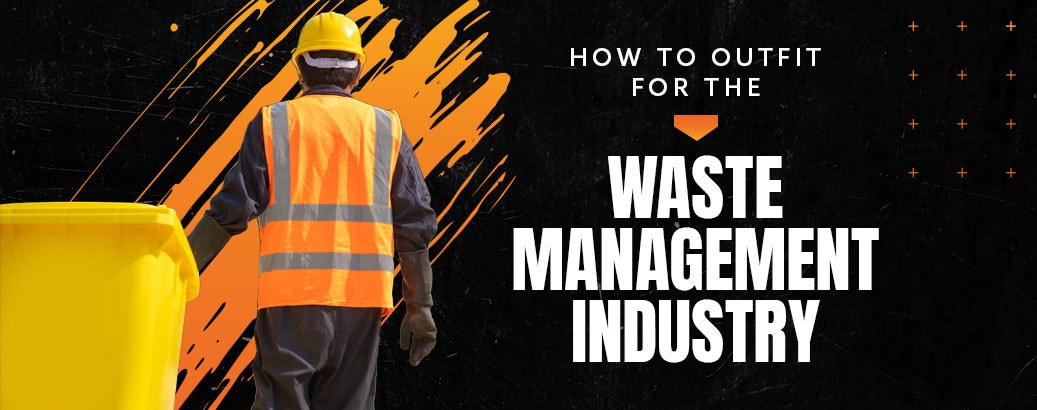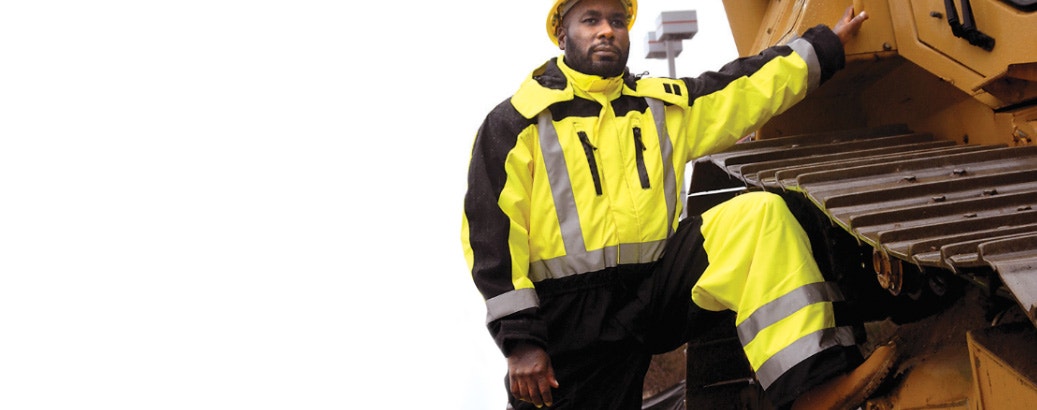Preventing Workplace Injuries from Runovers and Backovers
- By HiVis Supply
- Feb 2, 2021

Runovers and backovers are among the most serious types of workplace injuries. These accidents happen when the operator of a vehicle or heavy equipment doesn’t see a worker in their path and accidentally backs over or runs over the worker or part of their body. A runover or backover often causes serious injury or death, so every manager and every worker should be constantly aware of the danger and doing everything they can to prevent these workplace injuries.
HiVis Supply is a leading supplier of work safety gear for the hardest working people around, and we love to share our knowledge to help those people avoid a potentially devastating workplace injury. Below, we’ll look at some of the most important rules to follow on a job site to help ensure that your job site never has to deal with workplace injury from heavy equipment.
Tips for Preventing Workplace Injuries from Runovers and Backovers
1. Keep workers on foot separate from heavy equipment whenever possible.
It won’t always be feasible to keep workers on foot and heavy equipment in separate zones—but, when you can, it’s by far the safest way to avoid workplace injuries from runovers and backovers. For example, in a warehouse, you might be able to create separate zones for palletized goods that are picked by forklifts and individual goods that are picked by hand.
This doesn’t have to be an all-or-nothing proposition, either. You might have only essential personnel present in areas of a job site where heavy equipment is in use to prevent workers from walking through a danger zone on the way to lunch. The more people you can keep out of heavy equipment areas, the lower the chances of a workplace injury will be.
2. Review workplace injury prevention guidelines for heavy equipment, and make sure that everyone on a job site knows the basics.
Heavy equipment and vehicle safety is everybody’s responsibility, so it’s critical to make sure that everyone on your job site is on the same page. These are many industry resources, like WorkZoneSafety.org, which important guidelines such as the:
- Be aware of each vehicle’s blind spots and never remain in them for longer than necessary. When in doubt, follow the rule that if you can’t see the vehicle’s operator, they can’t see you.
- Don’t get close to heavy equipment until you have an acknowledgment from the operator—either through eye contact or, preferably, by verbal communication—that they can see you.
- Never assume that a vehicle is unoccupied when walking behind it—keep a safe distance even if you think there’s no one inside.
- Use a spotter whenever you have to work with your back to heavy equipment or vehicle traffic.
- Make sure that equipment operators have all required training and certifications, and remind them to look for workers on foot whenever they’re operating.

3. Create a traffic control plan when doing road work.
Road work is among the most hazardous kinds of work for runover and backover injuries, especially when it’s performed at night and/or along high-speed roadways. That’s why it’s so critical to have a traffic control plan that answers all of the following questions:
- Where will work zone flaggers be positioned, and how will their stations be set up?
- What kind of hi vis clothing will workers need to wear?
- How will the work zone path for motorists be constructed and marked?
- How much distance will there be between traffic and the primary work zone, and can it be increased?
- What additional traffic control devices—such as fluorescent signs or LED signs—will be used to help warn motorists?
- What kind of positive protection safety devices—such as concrete or plastic barriers—will be used to help prevent vehicles from entering the work zone?
- If work is being done at night, what kind of lighting will be present, and how will it be arranged?
- What kind of permits need to be secured from relevant local authorities?
4. Always wear the correct high visibility safety workwear.
In any job that involves vehicle traffic or heavy equipment, workers should always come prepared with the right high visibility workwear. Depending on what kind of job you have, that can include:
Make sure that you’re familiar with the ANSI 107 standard and which performance level if any, your job site requires. It is important that the on-site safety authority makes the job site evaluation to identify the specific fluorescent colors and retroreflective materials that need to be present on various types of workwear to protect workers from a workplace injury inflicted by heavy equipment.

HiVis Supply is always ready with the leading selection of high visibility safety gear for workplace injury prevention. Explore our full array of hi vis clothing now, or see our guide to the ANSI 107 standard for more specific guidance on choosing the right workwear for your application.




